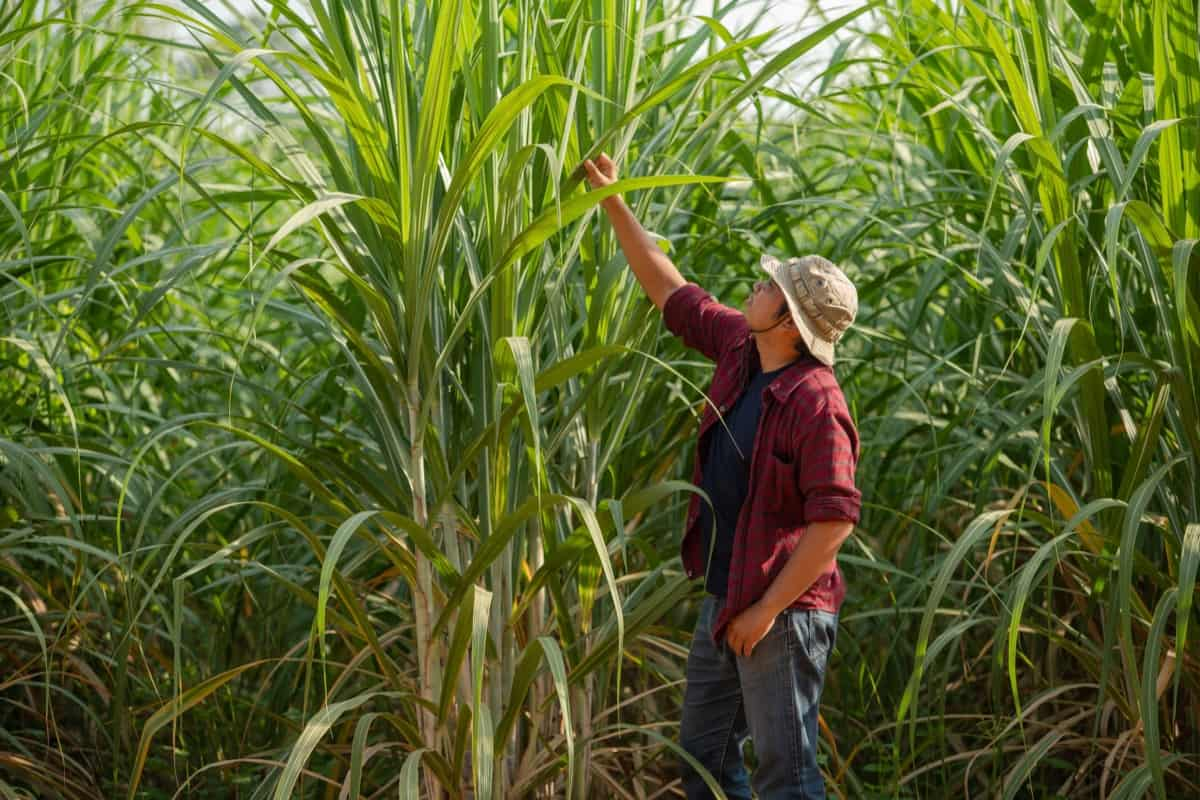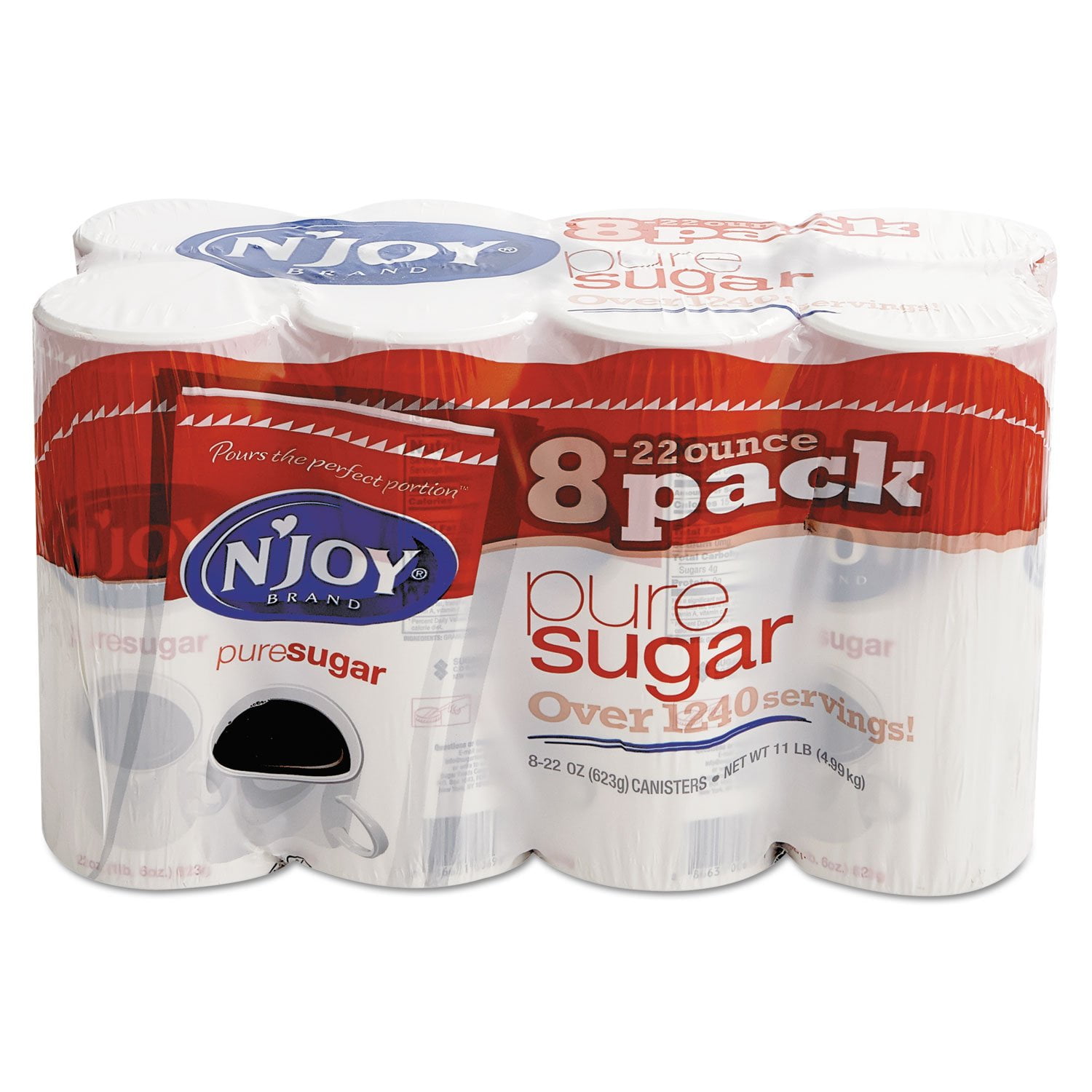What Is Sugar Cane Used For in Biofuel? A Green Energy Perspective
Discovering the Versatile Utilizes of Sugar Cane Beyond Sweeteners
Sugar Cane is usually associated entirely with sugar, yet its applications expand much past. This flexible plant plays a crucial duty in different markets, consisting of bioplastics and biofuels. In addition, its fibers add to sustainable building and textiles. The economic implications of sugar Cane production further emphasize its importance. As innovations proceed to arise, the capacity of sugar Cane to drive financial and environmental innovations comes to be increasingly evident. What various other shocks does this resistant plant hold?
The Duty of Sugar Cane in Biofuels
As countries seek lasting power sources, sugar Cane has actually arised as an important gamer in the biofuels sector. This exotic plant is abundant in sucrose, which can be fermented to create ethanol, a renewable gas choice to fossil gas. The cultivation of sugar Cane for biofuel manufacturing not only minimizes greenhouse gas discharges but additionally adds to energy safety, especially in sugar-producing nations.
Sugar cane-derived ethanol can be blended with gas, improving its octane rating and minimizing dependence on non-renewable resources. The byproducts of sugar Cane processing, such as bagasse, are beneficial for generating electricity, making the whole manufacturing cycle energy-efficient.
Research remains to check out innovative methods for maximizing power return from sugar cane, strengthening its role in the shift to cleaner power options. As global demand for lasting gas boosts, sugar Cane stands out as an important part of the biofuel industry.
Sugar Cane as a Source of Bioplastics
Although the environmental effects of plastic air pollution are progressively concerning, sugar Cane offers a promising option as a source of bioplastics. Originated from renewable energies, bioplastics made from sugar Cane can substantially reduce dependence on petroleum-based plastics. These bioplastics are generated through the fermentation of sugars extracted from the cane, leading to materials that can be naturally degradable or compostable, relying on their solution.
Making use of sugar Cane bioplastics not just decreases carbon exhausts yet additionally advertises sustainable farming techniques. By utilizing farming waste and byproducts, the overall ecological impact of production is reduced. Furthermore, items made from sugar Cane bioplastics can flawlessly incorporate right into existing waste administration systems, attending to worries about waste accumulation.
As sectors look for lasting services, sugar cane-based bioplastics represent a viable alternative that straightens with worldwide efforts to fight plastic pollution and foster a circular economic situation.
Medicinal Applications of Sugar Walking Cane
Sugar Cane is recognized for its antioxidant residential or commercial properties, which add to numerous health and wellness benefits. Furthermore, it has actually been made use of in conventional solutions throughout cultures, highlighting its value in natural medication. These qualities underscore the possibility of sugar Cane in the field of medicinal applications.
Antioxidant Characteristics of Walking Stick
Various studies have exposed that sugar Cane possesses substantial antioxidant properties, making it a useful part in medicinal applications. The phenolic substances located in sugar walking stick, such as flavonoids and phenolic acids, add to its capability to counteract totally free radicals, consequently reducing oxidative stress and anxiety in the body. This antioxidant activity is linked to different health benefits, including enhanced cardio health and improved immune feature. In addition, sugar Cane extracts have been shown to exhibit anti-inflammatory results, which can further support overall wellness. By combating oxidative damages, sugar Cane might contribute in the prevention of persistent diseases, making it an intriguing subject of research for its potential therapeutic usages in modern-day medication.
Typical Remedies and Makes Use Of
While modern medicine often depends on synthetic substances, conventional solutions using sugar Cane highlight its historical importance in various societies. In many tropical regions, sugar Cane juice has been used as a natural remedy for conditions such as dehydration and digestion issues. Its high water content and necessary nutrients make it a popular therapy for urinary system tract infections and kidney stones. Furthermore, sugar Cane is believed to possess anti-inflammatory homes, helping in the alleviation of breathing problems and sore throats. Folk medication frequently incorporates sugar Cane in mixtures to increase power and improve overall well-being. These olden methods underscore the convenience of sugar cane, extending its worth beyond sweet taste to include health and wellness and Visit This Link health applications.
Eco-Friendly Building And Construction Products From Sugar Cane
Sugar cane, typically acknowledged for its sweet return, is acquiring interest as a resource of environmentally friendly construction products. These products offer lasting structure solutions, including biodegradable compounds that minimize ecological effect. Additionally, sugar cane-derived items provide effective insulation residential or commercial properties, boosting energy effectiveness in structures.
Sustainable Structure Solutions
As the global demand for sustainable construction materials climbs, innovative options originated from sugar Cane have actually emerged as a sensible alternative. This renewable energy provides numerous applications in environmentally friendly building options, specifically through its by-products. Sugar Cane fibers, known for their strength and sturdiness, can be used in creating insulation products and composite panels. In addition, the juice and molasses from sugar Cane can be refined into bio-based adhesives, decreasing reliance on petroleum-based products. Using sugar Cane not just lessens waste yet likewise adds to lower carbon emissions during manufacturing. Incorporating these products right into building methods supports the circular economy, promoting sustainability while dealing with the pressing ecological challenges encountered by the building and construction sector.
Eco-friendly Compound Products
Eco-friendly composite products have actually garnered interest as sustainable choices in building, particularly those stemmed from sugar walking stick. These materials utilize the coarse by-products of sugar walking stick, such as bagasse, to develop composites that are both light-weight and solid. By incorporating these all-natural fibers, suppliers can create materials that decrease dependence on non-renewable sources and conventional plastics. The sustainable nature of sugar Cane compounds not only reduces ecological effect but also sustains agricultural economies by supplying extra revenue streams for farmers. In enhancement, the biodegradability of these composites warranties that they do not add to lasting waste in garbage dumps. As the construction industry seeks greener solutions, sugar cane-derived composites offer an encouraging path toward much more green structure techniques.

Insulation Features and Benefits
The insulation buildings of eco-friendly building materials originated from sugar Cane deal significant advantages in energy effectiveness her response and environment control. Sugar Cane fibers have all-natural shielding qualities that assist manage interior temperatures, reducing the requirement for too much heating or air conditioning. This particular adds to decrease energy usage, promoting sustainability in building techniques. Furthermore, making use of sugar cane-based insulation products is advantageous for indoor air top quality, as they are much less most likely to give off unstable natural compounds (VOCs) compared to conventional insulation items. Furthermore, these materials are eco-friendly, lining up with eco-conscious building goals. As the construction market seeks greener alternatives, sugar cane-derived insulation sticks out as an encouraging service that combines performance with ecological obligation, sustaining both energy savings and environmental conservation.
Sugar Cane in the Fabric Market
Although frequently neglected, sugar Cane plays a considerable role in the fabric industry, largely through the production of sustainable fibers. These fibers, originated from the plant's byproducts, are progressively recognized for their environmentally friendly properties. Sugar Cane fibers, such as bagasse and sisal, are durable and biodegradable, making them attractive alternatives to standard artificial fibers.
Their usage in fabrics advertises sustainability by reducing dependence on petroleum-based products while also providing an opportunity for waste reduction from sugar production. Additionally, developments in fabric processing have actually allowed producers to blend sugar Cane fibers with various other products, boosting the overall top quality and adaptability of textiles.
This shift in the direction of integrating sugar Cane in textiles reflects a wider fad in the industry, aiming for ecologically liable techniques. As need for lasting products remains to climb, sugar walking cane's function in fabrics may broaden, using both financial and ecological advantages.
Nutritional Advantages and Animal Feed

In addition, sugar Cane consists of crucial minerals and vitamins that improve the dietary profile of pet feed, improving immunity and overall health. Its pleasant taste and palatability make it an appealing feed alternative, motivating feed intake among pets. By integrating sugar Cane right into their diet regimens, animals manufacturers can lower reliance on standard feed resources, possibly lowering feed prices while maintaining animal health and productivity. Sugar Cane emerges as a nourishing and sustainable choice in the field of animal agriculture.
The Economic Impact of Sugar Cane Production
While many agricultural assets add to regional economies, sugar Cane production attracts attention as a result of its considerable financial influence across different regions. This versatile plant not only gives employment possibility in circulation, farming, and processing yet additionally sustains ancillary markets such as transport and production. In countries like Brazil and India, sugar Cane is an important driver of rural growth, cultivating economic stability and boosting livelihoods.
The byproducts of sugar walking stick, including ethanol and molasses, even more diversify revenue streams, decreasing and developing extra markets reliance on look at this site standard sugar - What Is Sugar Cane Used For. As worldwide need for renewable power surges, the duty of sugar Cane in biofuel production is coming to be significantly noticeable, attracting financial investments and increasing local economies. On the whole, the economic ramifications of sugar Cane production are profound, affecting both local work markets and wider economic patterns in areas reliant on this vital plant
Frequently Asked Questions
Just How Is Sugar Cane Processed Into Biofuels?
The processing of sugar Cane into biofuels involves drawing out juice, fermenting it into ethanol, and fine-tuning the product. This approach harnesses the plant's all-natural sugars, transforming them into eco-friendly energy resources for various applications.
What Are the Ecological Advantages of Utilizing Sugar Cane?
The ecological benefits of utilizing sugar Cane include reduced greenhouse gas discharges, improved dirt wellness through lasting farming practices, and lower reliance on nonrenewable fuel sources, which jointly add to a more green and lasting farming system.

Can Sugar Cane Be Grown in Any Type Of Environment?

Sugar Cane thrives in tropical and subtropical climates, needing warm temperatures, adequate sunshine, and adequate rainfall. Its growth is limited in colder regions, making it unsuitable for frozen or temperate climates where frost takes place.
What Are the Historical Uses Sugar Cane?
Historically, sugar Cane served numerous objectives beyond sweetening - What Is Sugar Cane Used For. It was utilized for creating rum, as a source of biofuel, in typical medication, and for crafting products like paper and molasses, showcasing its varied applications throughout different societies
Exactly How Does Sugar Cane Effect Local Economies?
The impact of sugar Cane on local economic climates is considerable, offering employment, enhancing farming fields, and cultivating trade. Its cultivation sustains country incomes and stimulates neighborhood markets, contributing to general economic growth and neighborhood development.
The financial effects of sugar Cane manufacturing additionally underscore its value. Acquired from eco-friendly sources, bioplastics made from sugar Cane can significantly decrease reliance on petroleum-based plastics. Eco-friendly composite materials have amassed interest as lasting options in construction, particularly those obtained from sugar cane. These materials utilize the coarse by-products of sugar walking cane, such as bagasse, to produce composites that are both light-weight and strong. While several agricultural products contribute to neighborhood economic climates, sugar Cane production stands out due to its significant economic effect across numerous regions.